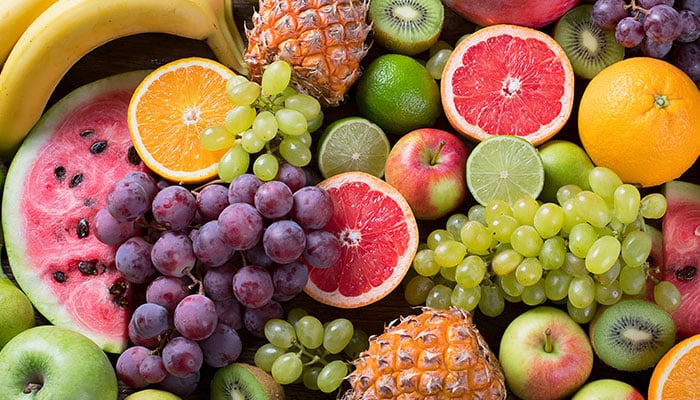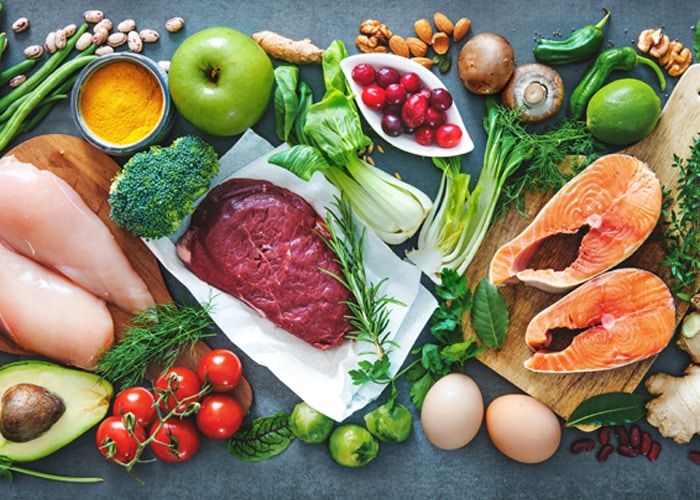
Article réservé aux abonnés


This is the proposal of a Working Group coordinated by the IFV in which our laboratory participated: the implementation of de minimis in the analysis of pesticide residues in wine.
The presence of pesticide residues in wines has become an increasingly sensitive subject.
In addition to the controls already carried out within the framework of the certification of organic wines, new needs are emerging in the sector such as projects for a "No Residue" label and producers in the process of environmental certification.
Consumers are expecting residue-free wines, however, from an analytical point of view, there is no such thing as "0".
To date, there are no recognized and harmonized criteria for interpreting analytical results that would allow for a decision on this type of label.
Laboratories are using increasingly efficient analytical methods that enable them to reach increasingly lower Limits of Quantification (LQ) and Limits of Detection (LOD).
LQ values are often used as a substitute for the notion of "0" but they can be very heterogeneous from one laboratory to another, leading to interpretations that may differ.
The objective of this working group is to harmonize the interpretation of pesticide residues in wine.
For this, a new value has been proposed: the "minimi".
A minimi is an analytical value below which a substance would be considered absent from the product. This value is different from the limit of detection and limit of quantification relating to the analytical performance of the method and not related to a regulatory limit or toxicological value which are defined via MRLs (Maximum Residue Limits) and ADIs (Acceptable Daily Intakes).
De minimis are values based on an agreement, derived from expert and analyst results.
They have been established according to the following criteria
- analytical performance (LD, LQ, uncertainties)
- regulations (EU approved molecule, MRL, French authorization, vine registration)
- tracing character of the molecule from the grape to the wine (found if application, contents, frequencies)
- molecule "subject to background noise" (persistence, interference with sources of contamination other than phytosanitary, case of molecules found when not applied, including in organic wines).
The de minimis are intended to be used by a laboratory to interpret a positive result above its own QL.
According to the de minimis principle, if the quantified result is below the de minimis, the substance will be considered absent.
In the event that a residue is quantified below the de minimis, the Working Group proposes that the analytical report should indicate "lower de minimis".
A database comprising a total of 220 molecules has thus been created from the results of the partners of the Working Group.
You will find the IFV summary sheet and the list of de minimis values established for these 220 substances at the link below : Minimis IFV sheet
The implementation of these de minimis criteria by consensus would make it possible to meet consumer expectations on "analytical 0" and to harmonize the interpretation criteria of the various bodies (organic certification bodies, laboratories).
Without harmonization of practices, interpretation will remain controversial.
This work will be presented and submitted to the Sub-Committee on Methods of Analysis (SCMA) at the next sessions of the OIV.
Need technical, regulatory and tariff information? Our customer service is available from 8 am to 8 pm Monday to Friday at +44 (0) 2037 430 973 or service-clients@phytocontrol.com.
And to not miss anything of Phytocontrol news, join us on our LinkedIn and Facebook page!




